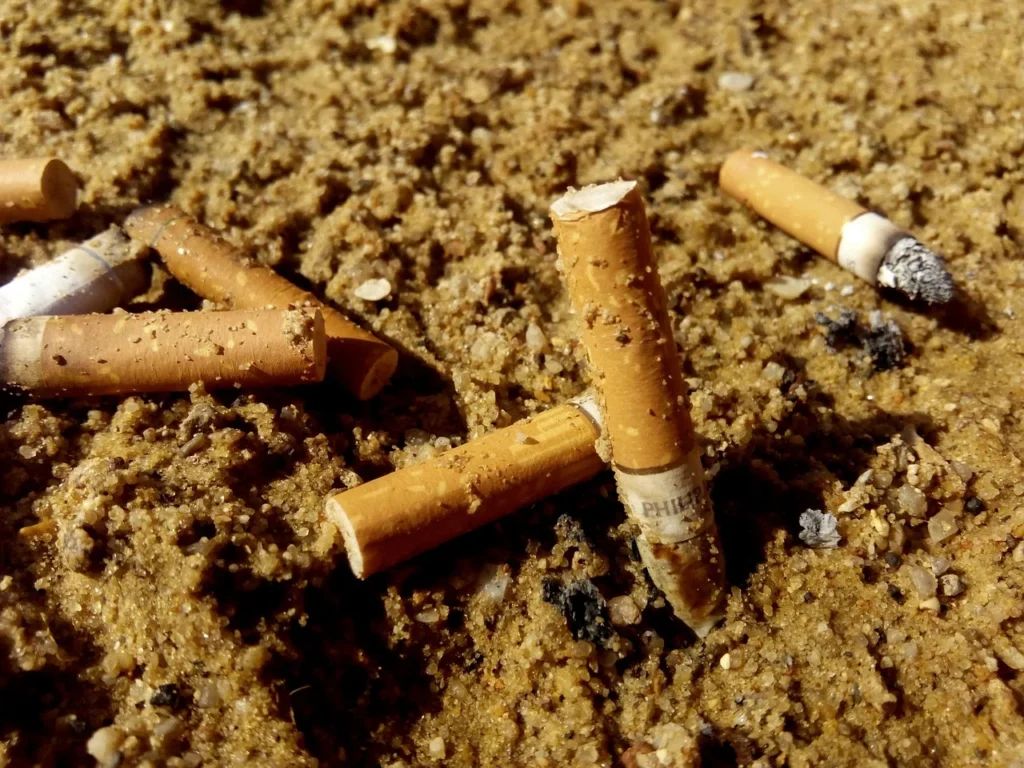Unsightly spider and varicose veins are one of the most common signs of venous disease. Spider veins are small, purple or blue clusters of veins on the leg and typically do not cause discomfort, while varicose veins are larger, bluish veins that appear enlarged and may be painful. If you suffer from these veins, you may wonder what is causing them and if hot or cold weather adversely affects them.
What Causes Varicose Veins
The primary function of veins is to return blood from the body to the heart. Muscle contractions in the legs help to accomplish this by pushing the blood flow upward, against gravity. At the same time, valves inside the veins open to allow blood flow in the correct direction, and close to prevent it from coming back. However, when valves become weak or damaged, they are unable to stop the backward flow of blood, causing pooling in the veins. Over time, this leads to the darkening, swelling, and twisting of varicose veins.
Veins and Hot Weather
We all understand the importance of putting on sunscreen to prevent UV damage to our skin and avoid visible aging and cancer. But sun exposure can also cause spider veins to become visible by breaking down collagen and weakening blood vessels beneath the skin. This makes the skin lose elasticity, allowing the opportunity for spider veins to emerge. Some choose to try tanning to reduce the visibility of these veins, however this will actually make them more noticeable. And though the sun cannot cause varicose veins, the heat can bring damage to these as well, causing these veins to dilate and enlarge—worsening them and exaggerating symptoms. Those who have recently received a vein treatment should also avoid the sun, as it can cause pigment changes in the skin.
Veins and Cold Weather
Colder temperatures can actually have a handful of positive effects on veins, causing them to shrink and making it easier for the valves to perform properly. This may result in fewer cramps and less swelling. However, the cold is still not ideal for veins, as it can aggravate certain symptoms. When temperatures drop, the changes in atmospheric pressure can cause the circulatory system to be less efficient, which can cause more challenges for existing vein issues. Weight gain during wintertime can also cause more stress on the joints and veins, making it harder for the body to pump oxygenated blood back to the heart.
If you find yourself suffering from vein pain during the winter months, ease your symptoms by eating fiber-rich foods for good circulation, drinking plenty of water, elevating your legs before bed, massaging your legs and ankles, or stretching. And though the cold may keep you from exercising outside, it’s important to make an effort to stay active!
For these reasons, it’s important to protect your veins from adverse effects of hot or cold weather. Make sure to stay alert to symptoms of venous disease such as discoloration, swelling, heaviness, weeping eczema, itching, protrusion, restless legs or pain. If you have any of these symptoms, schedule a vein consult with one of our vein specialists at Cardiovascular Institute of the South. Our expert cardiologists treat the root of the problem, bringing you relief through in-clinic vein treatments. Learn more about venous disease here.
